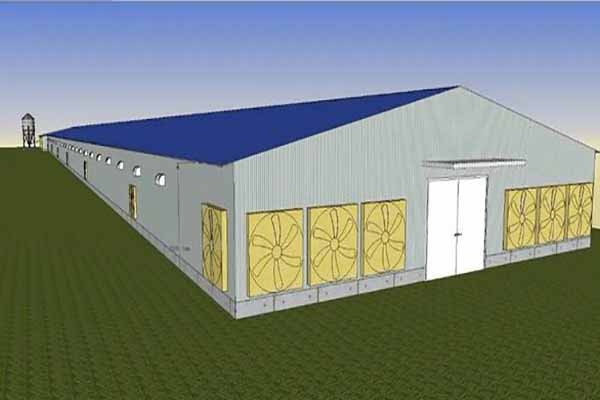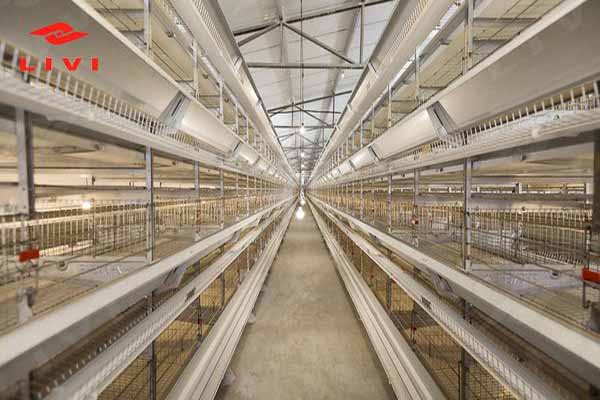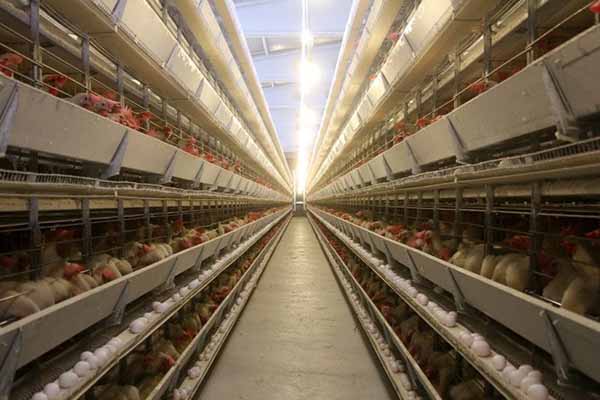Optimizing Poultry Farming in Zambia with Layer Poultry Systems
Improving poultry farming operations in Zambia is essential for the growth of the industry. Implementing an efficient layer poultry system can significantly enhance productivity and profitability. In this article, we will explore the benefits of layer poultry systems and how they can be effectively utilized in Zambia’s poultry farming sector.

Understanding Layer Poultry Systems
Layer poultry systems are designed to maximize egg production in a controlled environment. These systems typically include the following components:
- Brooder houses: Provide a safe and comfortable environment for young chicks to grow and develop.
- Flock houses: Offer adequate space for mature hens to lay eggs and maintain their health.
- Feeding systems: Ensure a consistent supply of high-quality feed to promote optimal growth and egg production.
- Watering systems: Provide easy access to fresh water for the hens.
- Environmental control systems: Maintain ideal temperature, humidity, and air quality in the poultry houses.
According to a report by the Zambia Poultry Association, the country’s poultry industry has been growing at an average rate of 5% annually. Adopting layer poultry systems can help further boost this growth.
Benefits of Layer Poultry Systems in Zambia
Layer poultry systems offer several advantages for poultry farmers in Zambia:
- Increased Egg Production: Well-designed layer poultry systems can lead to an increase in egg production by up to 30%.
- Reduced Costs: Efficient use of resources, such as feed and water, can help reduce operational costs.
- Improved Biosecurity: The controlled environment minimizes the risk of disease outbreaks.
- Enhanced Animal Welfare: Proper ventilation, temperature, and lighting ensure a comfortable living environment for the hens.
Data from the Zambia Poultry Association indicates that the adoption of layer poultry systems has resulted in a significant increase in egg production in several farms across the country. For instance, Farm A, which implemented a layer poultry system, experienced a 25% increase in egg production within the first year.
Case Study: Success Story of a Zambia Poultry Farm
Farm B, a poultry farm in Zambia, was facing challenges in egg production and biosecurity. After adopting a layer poultry system, the farm experienced the following benefits:

- Egg Production: Increased from 5000 eggs per week to 7500 eggs per week.
- Biosecurity: Reduced disease outbreaks by 40%.
- Cost Savings: Achieved a 15% reduction in operational costs.
The success of Farm B demonstrates the potential of layer poultry systems in Zambia’s poultry industry.
Conclusion
Layer poultry systems can significantly improve the productivit y and profitability of poultry farms in Zambia. By adopting these systems, farmers can achieve higher egg production, reduced costs, and enhanced biosecurity. If you are interested in implementing a layer poultry system for your farm, contact us for a free, personalized design and equipment quotation.
y and profitability of poultry farms in Zambia. By adopting these systems, farmers can achieve higher egg production, reduced costs, and enhanced biosecurity. If you are interested in implementing a layer poultry system for your farm, contact us for a free, personalized design and equipment quotation.
For more information or to discuss your specific needs, please leave a comment below or contact us directly. We look forward to helping you enhance your poultry farming operations.




